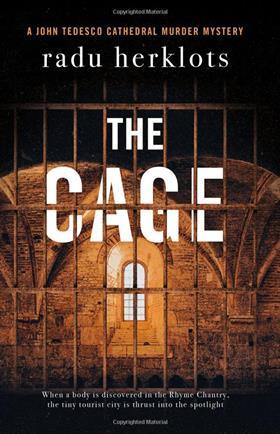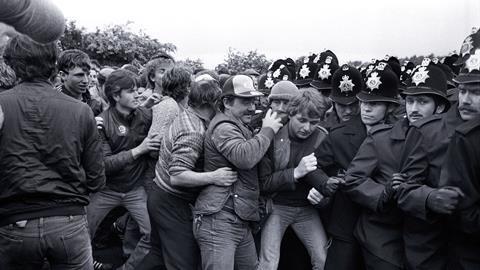Charged – How the Police Try to Suppress Protest
Matt Foot and Morag Livingstone
£18.99, Verso
★★★★✩
This well-researched and readable account of the relationship between the police and citizens does not sit on the fence. It makes the case that senior police apparently carved out for themselves an active role in suppressing protest. Much of this has been done in secret, and therefore without political accountability. The introduction makes this clear, highlighting deals conducted between the Home Office and the Association of Chief Police Officers in secret.
The authors have examined recently declassified documents that catalogue the deliberate shift in policing tactics in the early 1980s – in stark contrast to the recommendations of Lord Scarman’s report for better community policing. There was also an extension of secretive and equally unaccountable surveillance techniques, some of the implications of which are only now coming to light in the Undercover Policing Inquiry (aka the ‘spy cops scandal’).
With a foreword by Michael Mansfield QC (‘the real agenda… is to ensure that any effective public expression is circumscribed…’), the book is divided into four parts, starting with the Thatcher era.
For many, conceptions of demonstrations and how they are policed rely on media reports. Many examples are cited here, such as the misreporting of policing the miners’ strike at Orgreave in 1984. This book therefore is an invaluable corrective to such misconceptions, and should appeal to social historians as much as lawyers or criminologists.
This is also a timely reminder that for those who believe in the right to peacefully demonstrate, things may get worse. The government has enacted its latest set of measures to deal with protesters – the Police, Crime, Sentencing and Courts Act 2022, allowing police to impose restrictions on demonstrations, including ‘noise limits’, and criminalising those that do not comply.
The concluding chapter effectively summarises the last 40 years of policing protest, where we are now, but also gives a nod to the future: ‘The long history of protest confirms that dissent always returns despite efforts of the state to suppress it.’
Greg Foxsmith is a solicitor at Kingsley Napley, London
The Cage: A John Tedesco cathedral murder mystery
Radu Herklots
£8.99, Troubador Publishing
This is an easygoing thriller set in and around a cathedral in a fictional west of England city. It features a former lawyer who has become an investigator or private detective. He tackles the mystery of a missing man who seems to have a dodgy past and worse present. He had been employed in somewhat strange circumstances by the bishop as an assistant. When a body is discovered in the Rhyme Chantry – a structure known as ‘the Cage’ – the city comes under the media spotlight. Suspicion falls on a member of the cathedral staff.

The story involves the characters who inhabit the cloistered world and their competing ambitions. The author is at home in this world and familiar with the types of characters he writes about. There are shades of Trollope’s Barchester novels. It makes a pleasant change from other thrillers which are more brutal.
This is Herklots’ first novel, having practised as a solicitor for over 30 years. He specialised in residential property and also dealt with ecclesiastical law, spending three years as deputy and then acting diocesan registrar to the then Bishop of Winchester. This gave him the idea of making John Tedesco – named after an obscure Plymouth Argyle striker from the 1960s – a retired church lawyer.
David Pickup is a partner at Pickup & Scott Solicitors, Aylesbury
































No comments yet